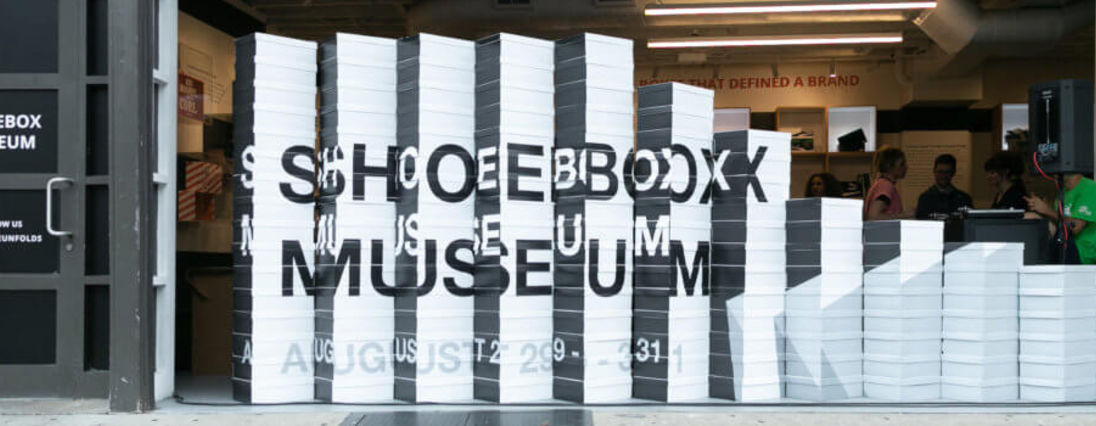How Shoeboxes Can Take Brands Further

Though shoeboxes are ubiquitous, their function and design vary across the industry and beyond. Today, not only are kicks a canvas of expression, but so too are their shoeboxes. Paper packaging is at the heart and sole of shoeboxes, which have evolved not only as durable, smart and protective delivery assets, but also as storytelling vehicles for brands, forms of art and even collectors’ items.
During a pop-up exhibition in New York’s Lower East Side, the Paper and Packaging Board showcased some of the most influential shoebox packaging, recognizing the work of designers, brands and collaborators who have helped shape customer experiences for decades. Curated by Matt Halfhill, founder of the sneaker blog Nice Kicks, the Shoebox Museum: Icons and Innovators in Sneaker Packaging event took place over three days in August and featured a unique collection of boxes that created memorable journeys for consumers and cult-like followings for brands like Nike, Vans and Air Jordan.
Outside of a museum showroom, the impact of shoeboxes can be seen in many ways. “Beyond the safety and security they provide, shoeboxes help brands set the tone for the product inside through graphic art, interesting textures and innovative construction,” says Mary Anne Hansan, president of the Paper and Packaging Board. To illustrate this, we spoke with YORK Athletics, a New England-based, family-run brand that creates unisex sneakers for the “everyday fighter,” from athletes to underdogs. Recently, YORK Athletics created a new shoebox design for its sneakers.
Bringing Form, Function and Brand Stories to the Shoebox
YORK Athletics’ new box design brings the brand’s story outside the packaging while increasing the form and function of its original boxes, which were difficult to open, says the brand’s art director, Kathryn Yee.
Like the recognizable three stripes on Adidas shoes (and shoeboxes), YORK Athletics sneakers have a signature feature: a heel band over the heel that helps people pull on their sneakers. The brand’s new shoebox has a black stripe around the box to symbolize the look and feel of the heel band on its sneakers. This printed strap guides customers’ fingers into a slot where they can easily slide the box open like a drawer. In other words, just as YORK Athletics sneakers are easy to pull onto a foot, now its shoes are easy to pull out from their paper packaging.
Extending the Customer’s Journey with the Shoebox
YORK Athletics released its new sneaker box design with The Frank by Aly Raisman cross-trainer. It plans to roll out the new packaging for the rest of its sneaker styles next year. When customers open the new packaging, the shoes are wrapped in tissue paper that says: “What do you fight for?” with a blank line underneath. “It just creates that space and moment with the customer to get them to pause, be in the moment and think, ‘Oh, what do I fight for?’” Yee says.
Creating Strong Shoeboxes with a Presence
Longevity is also important in shoebox design, says Yee, citing YORK Athletics’ drawer-like construction, intended to make the boxes become keepsakes for customers.
“We want it to be something you might keep out in your bedroom, closet or office,” Yee says. “You can open up the drawer to store things, and it looks nice.” Like its sneakers, YORK Athletics’ new packaging is minimalistic: a recyclable craft box without a ton of ink. “I don’t think you necessarily have to be the shiny red box with a big bow on it, but it needs to feel really thoughtful and genuine to the brand,” Yee says.
For online shoppers, the first physical interaction they have with a shoe brand might be when they open a shoebox and try on the sneakers inside. Yee says this is why the unboxing experience is crucial.
How Shoebox Design Can Make a Difference
With the sneaker industry growing, paper packagers and designers can continue to make a mark and, more importantly, a difference. “The sneaker industry is projected to reach over $95 billion in value by 2025—the safe passage and consumer experience for nearly all of those goods is powered by paper-based packaging,” says Hansan, of the Paper and Packaging Board.
Today packagers are rethinking traditional packaging with creative solutions to make our everyday lives better. Check out a behind-the-scenes look at The Next Great Package, as two designers compete to create a shoebox for Zappos that fits the needs of customers with varying physical mobility.
"The impact of the shoebox should not be overlooked," Hansan says.

